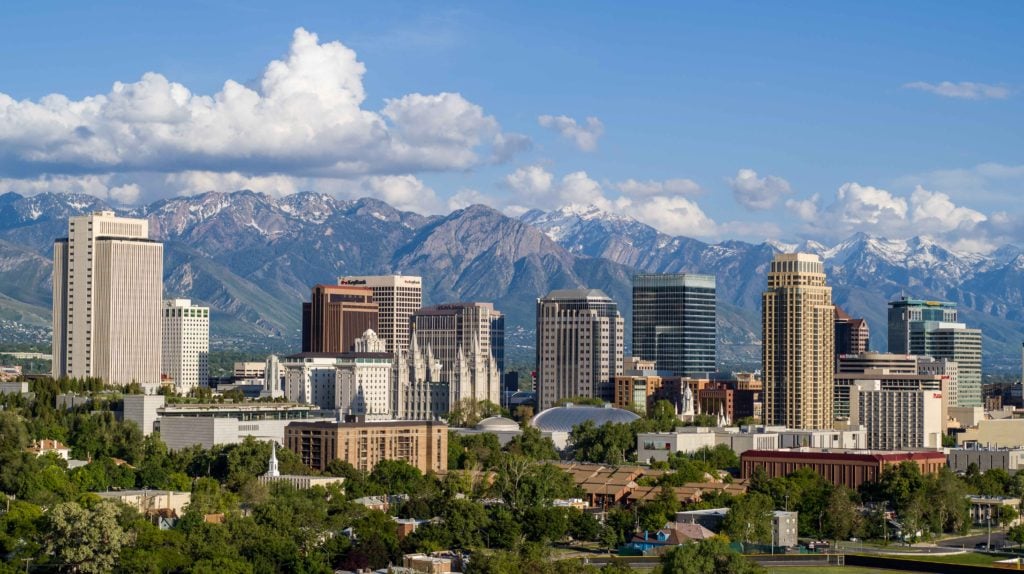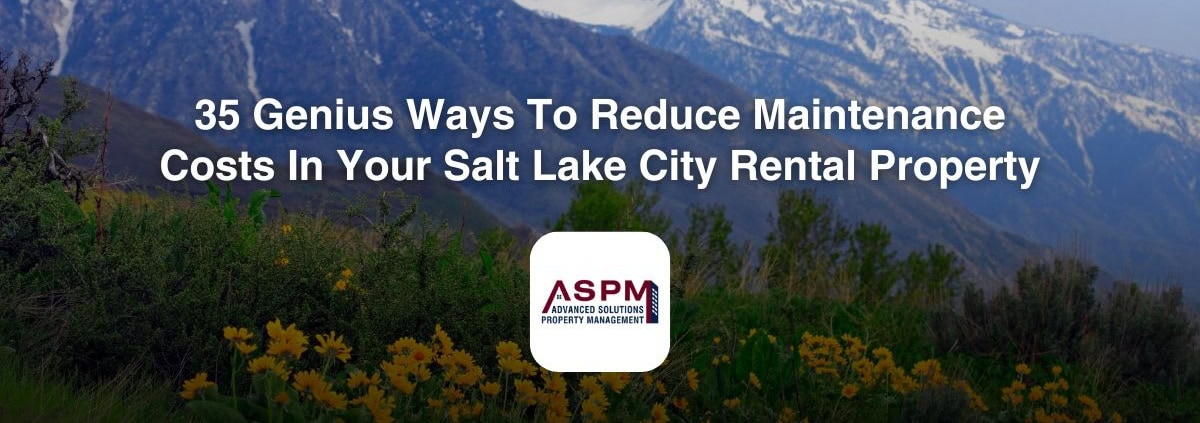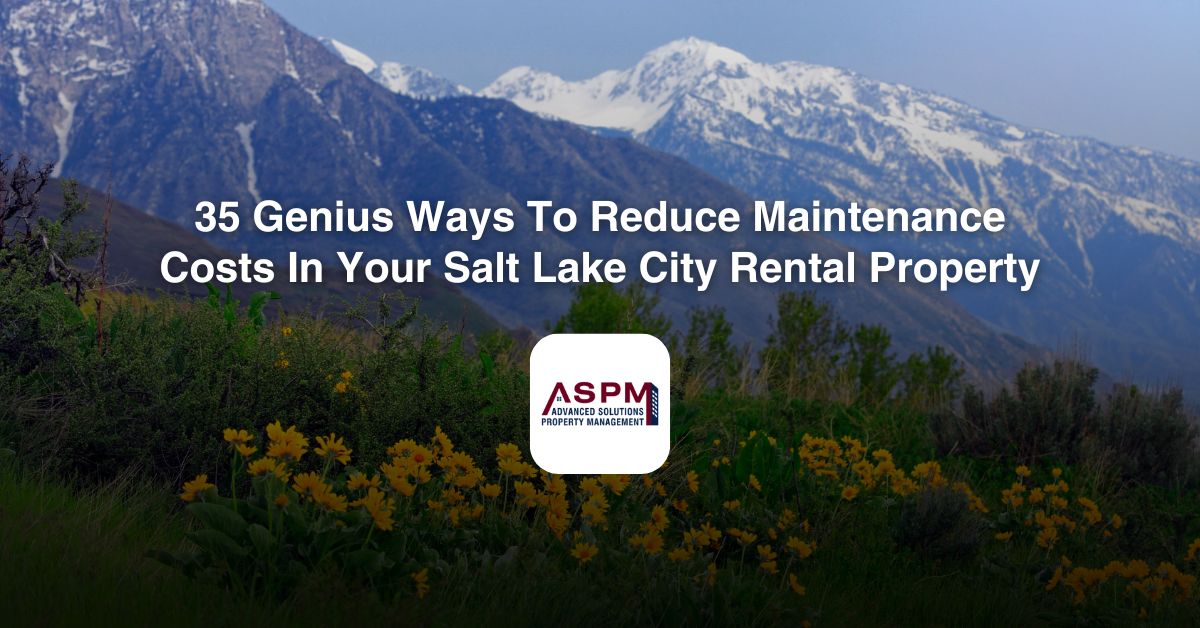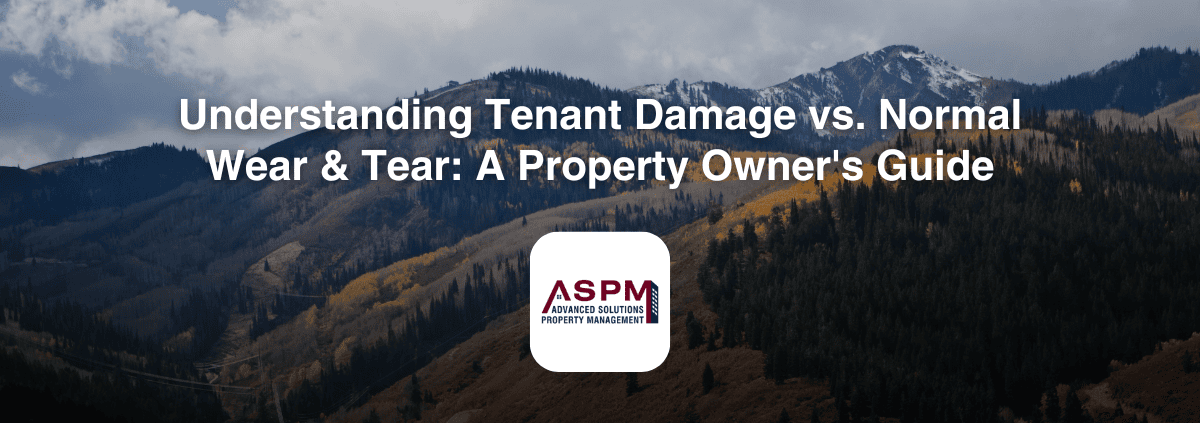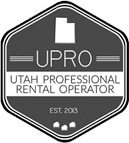8 Common Tenant Complaints (And How Salt Lake City Landlords Can Solve Them)
Managing rental properties means dealing with the inevitable complaints from tenants. We’ve found through experience of property management in Salt Lake City that each issue that comes up needs a quick and professional response, in order to protect your investment and keep the renters happy.

Here are 8 of the most common complaints, and how to address them effectively:
1. Security Deposits
At the top of many property owners’ headache list is disagreements over deposit returns. What we recommend is detailed documentation, which includes photos and videos during the move-in and move-out inspections.
Property management companies standardize this process with checklists and records of the property’s condition, and in our experience clear documentation and expectations make deposit disputes rare.
2. Poor Communication
Gaps in communication can quickly frustrate even the best tenants. The best system starts with a digital log for all maintenance requests, and in property management terms this means an online portal.
Make it your policy to respond to any inquiry within 24 hours, and keep detailed records of all interactions and conversations with the renter. Once a maintenance request has been initiated, send regular updates to the tenant about the progress of their items.
3. Property Condition
Mold and peeling paint are major maintenance issues that need immediate attention. With regular property inspections you can catch problems before they become catastrophic.
Professional management companies will conduct quarterly inspections of their managed properties, and maintain detailed maintenance logs to track recurring issues. Every repair should get quick attention and follow-up, and preventive maintenance schedules will ensure that major problems don’t occur.
4. Payment Issues
Late rent payments create stress for everyone, but a system makes a difference through online payment portals that can simplify the process. Add to that automatic payment reminders that will help tenants stay on track, and clear late fee policies that remove any possible confusion.
Consistent enforcement of rules around rent payments keeps the system fair and equitable for everyone involved.
5. Pest Issues
Any complaints about pests, including bugs, rodents or wild animals need fast action. Most professional management companies will partner with licensed pest control services for quick response, and they’ll schedule preventive treatments as part of the property’s regular maintenance.
6. Privacy Concerns
Tenants value their privacy, so make sure you’re giving them proper notice before entering their unit for any reason. Schedule maintenance visits in advance, and at a time that’s convenient for them. Keep detailed records of every property visit, and its purpose. Respect quiet hours during the evenings, and weekends when completing non-emergency work.
7. Delays in Maintenance
Slow maintenance response times can damage the relationship between tenant and landlord, so that’s why a property management company can help in these situations. Most can offer 24/7 emergency response for serious issues, and regular maintenance can prevent major problems from happening in the first place.
8. Noise Problems
Noise complaints need careful handling, including documentation when they come in, and written warnings to problem tenants. Try to mediate between neighbors when these issues happen, and enforce your lease terms to maintain order.
We know that managing all these issues takes significant time and expertise. If you’re dealing with multiple properties, live out of state, or just want to focus on the investment instead of the day-to-day management of your properties, consider Advanced Solutions Property Management.
We handle all of these common complaints with proven systems and experienced staff. Reach out to us today for a free Salt Lake City rental market analysis to learn how we can help protect your property investment, and keep your tenants satisfied.





